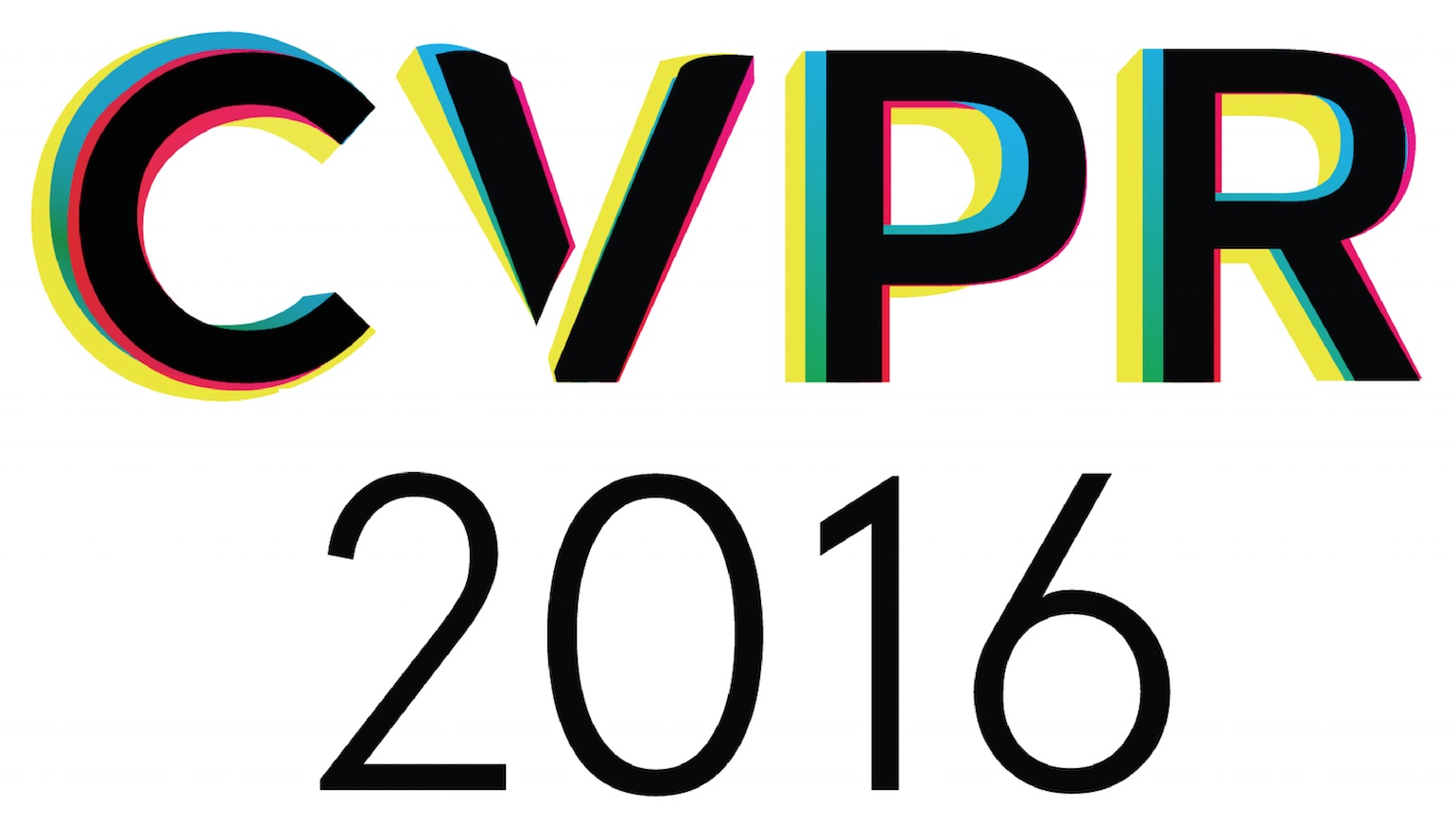-
Similarity Learning With Spatial Constraints for Person Re-Identification
AbstractPose variation remains one of the major factors that adversely affect the accuracy of person re-identification. Such variation is not arbitrary as body parts (e.g. head, torso, legs) have relative stable spatial distribution. Breaking down the variability of global appearance regarding the spatial distribution potentially benefits the person matching. We therefore learn a novel similarity function, which consists of multiple sub-similarity measurements with each taking in charge of a subregion. In particular, we take advantage of the recently proposed polynomial feature map to describe the matching within each subregion, and inject all the feature maps into a unified framework. The framework not only outputs similarity measurements for different regions, but also makes a better consistency among them. Our framework can collaborate local similarities as well as global similarity to exploit their complementary strength. It is flexible to incorporate multiple visual cues to further elevate the performance. In experiments, we analyze the effectiveness of the major components. The results on four datasets show significant and consistent improvements over the state-of-the-art methods.
Related Material
[pdf][bibtex]@InProceedings{Chen_2016_CVPR,
author = {Chen, Dapeng and Yuan, Zejian and Chen, Badong and Zheng, Nanning},
title = {Similarity Learning With Spatial Constraints for Person Re-Identification},
booktitle = {Proceedings of the IEEE Conference on Computer Vision and Pattern Recognition (CVPR)},
month = {June},
year = {2016}
}
These CVPR 2016 papers are the Open Access versions, provided by the Computer Vision Foundation.
Except for the watermark, they are identical to the accepted versions; the final published version of the proceedings is available on IEEE Xplore.
Except for the watermark, they are identical to the accepted versions; the final published version of the proceedings is available on IEEE Xplore.
This material is presented to ensure timely dissemination of scholarly and technical work.
Copyright and all rights therein are retained by authors or by other copyright holders.
All persons copying this information are expected to adhere to the terms and constraints invoked by each author's copyright.

